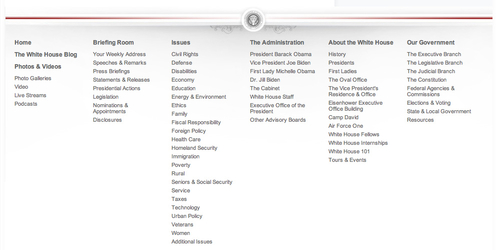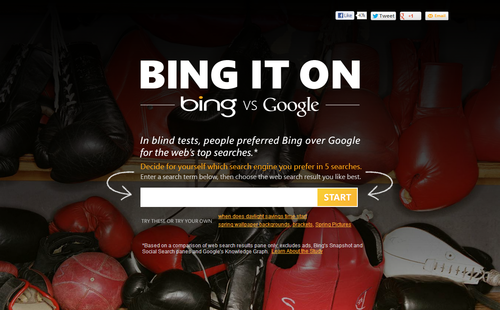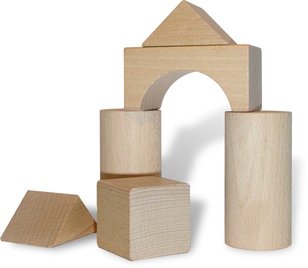There are more than a few articles out there telling you the “right” way to do link building. Despite what they say, link building isn’t a uniform process for every website. If it was, it would probably be able to be totally automated at this point. There are more than a few wrong ways to do link building, but the right link building process for your site depends on a lot of different factors. Pratik Dholakiya explains why there will never be a single “right” link building strategy.
Repeatable Means Replaceable – An easily-explainable and easily accomplishable link building strategy sounds great, but it isn’t good in a competitive market. Any strategy simple enough to be easily copied, can be easily scaled. A smart, unique strategy will out-think your competition, but a repeatable strategy means it will be a competition of who can spend more on scaling.
Search Engines Don’t Stay The Same – There will never be a “one-size-fits-all” strategy for link building because the internet doesn’t sit still. Everything is constantly being made obsolete and reworked. In the past, link building was only about the number of links you could get. Now, search engines judge the quality of links, devalue paid links, automated links, press releases, and many other forms of old “standards.” Even if you find the perfect link building strategy for your site, it won’t work forever. It might even stop working next week.
Every Niche is Different – Link building inevitably relies on the creation and sharing of content. The better the content is, the more impact it will have on a site’s performance, and the quality of the links being generated. But, content comes in virtually endless forms, and different content is more appropriate for different industries. SEO loves long informative blog posts, lists, eBooks, infographics, and that type of thing, but long blog posts and videos don’t work as well on web design blogs. Restaurants looking for links won’t have any use for infographics, but photographs and social media will be essential for their market. You have to find what works for your specific website.
Even if you already know that link building isn’t easy or uniform, it is easy to fall into habits and using the same strategies over and over. Every website is different, and link building has to be tailored to each individual site, otherwise there will always be wasted potential.








